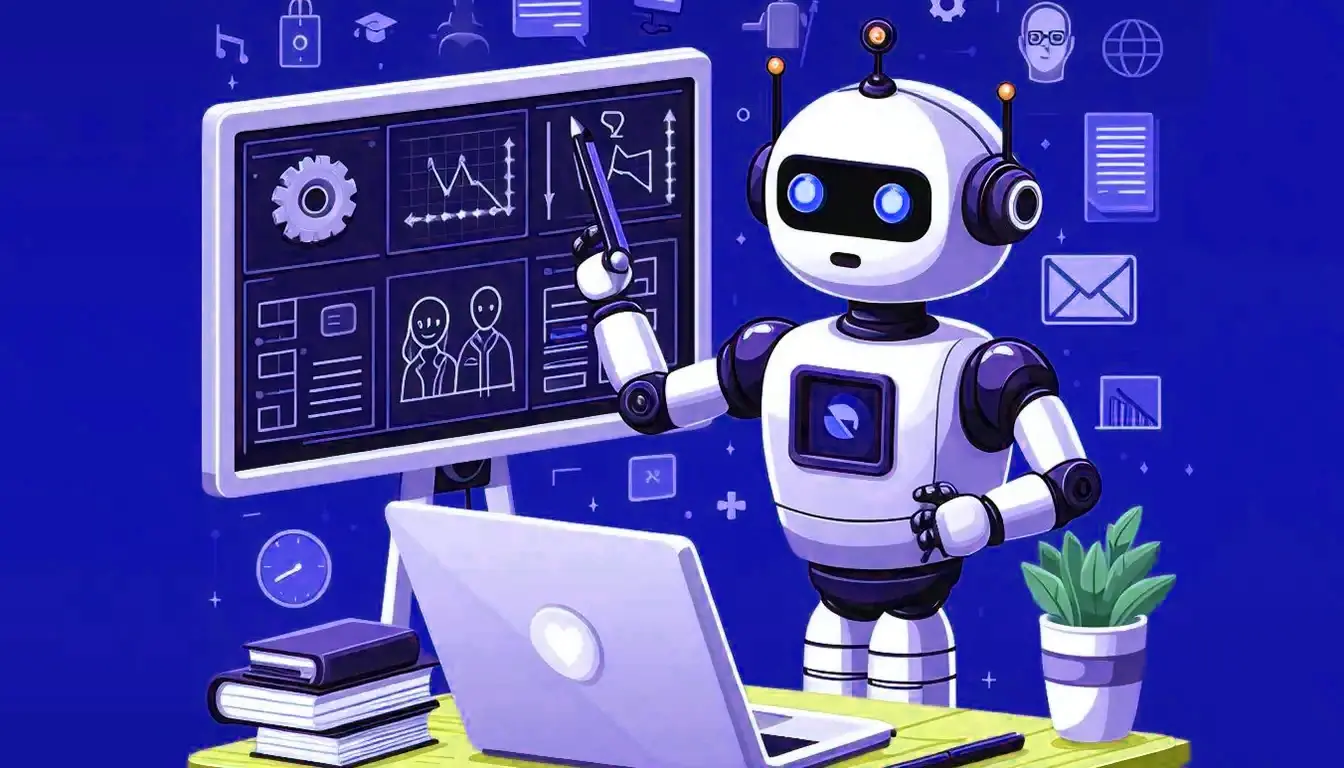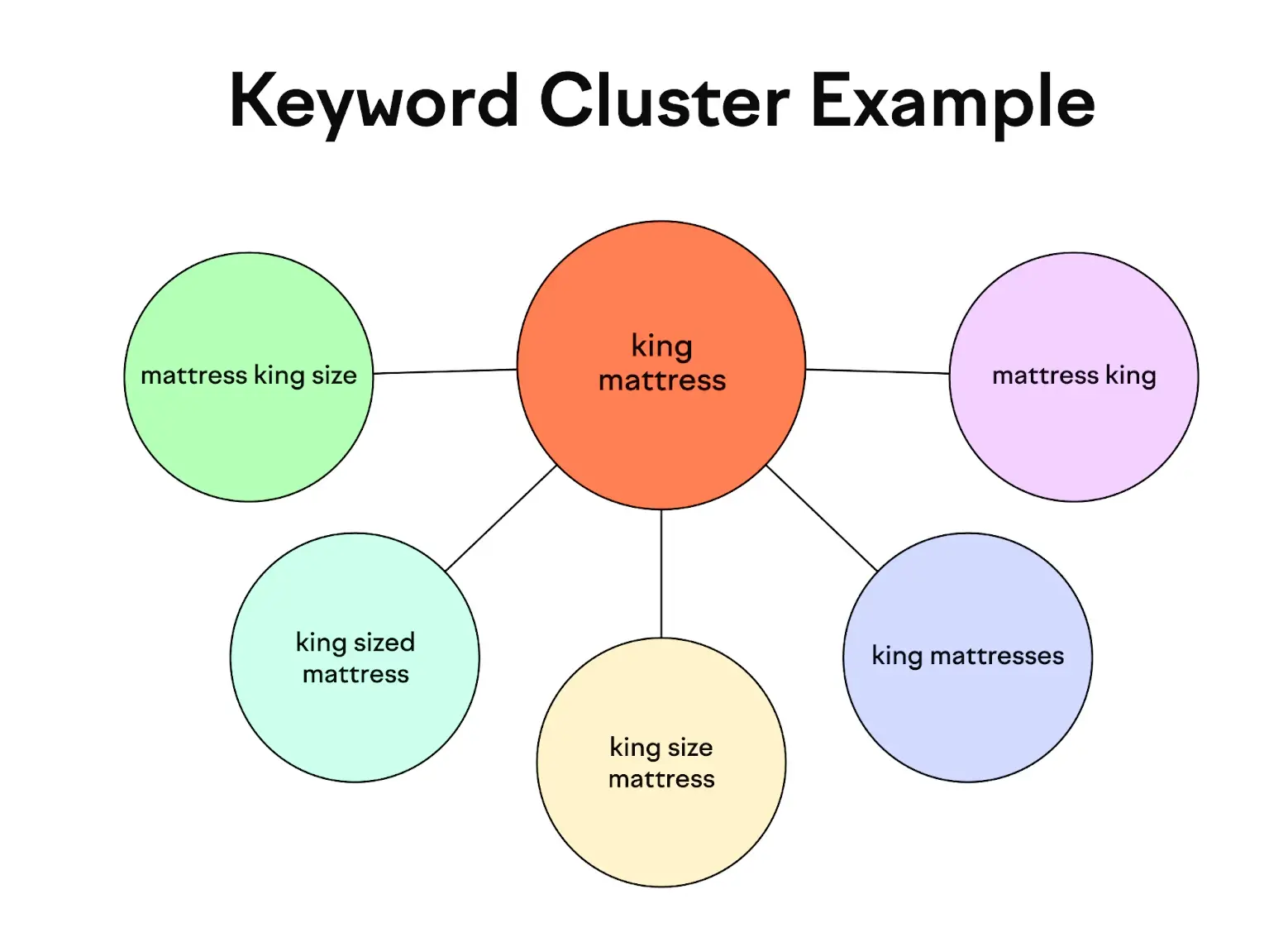What Is Adaptive AI Learning?
Adaptive AI Learning refers to artificial intelligence systems that adjust their behavior over time based on new data and user interactions. Instead of following fixed rules, these systems learn and improve continuously.
Unlike traditional AI, which relies on static models, adaptive AI responds to changing environments — helping systems stay relevant and accurate over time.
Why Adaptive AI Matters Now
Businesses, educators, and developers are turning to adaptive AI to solve problems that require real-time learning and personalization. Whether it’s tailoring online courses or optimizing supply chains, adaptive AI systems are helping software evolve alongside the people using it.
Key Use Cases:
- E-learning platforms that personalize content to each student
- Healthcare tools that adjust recommendations based on patient responses
- Retail systems that adapt to buyer behavior in real time
- Cybersecurity platforms that evolve to detect new threats
How Adaptive AI Works: A Simple Breakdown
| Component | Function |
|---|---|
| Data Collection | Gathers inputs from users or environment |
| Model Updating | Adjusts algorithms based on new patterns |
| Feedback Loop | Uses results to improve accuracy and relevance |
| Real-time Learning | Continuously adapts without needing full retraining |
This dynamic learning approach helps the AI stay useful even as circumstances shift, unlike static models that become outdated.
Real-Life Examples of Adaptive AI in Action
1. Duolingo – Language Learning Gets Personal
Duolingo’s AI adjusts questions based on how well you perform. Struggle with verbs? The app gives you more verb practice. Learn quickly? It moves you ahead.
Takeaway: Learning becomes smoother when the system keeps pace with your progress.
2. Netflix & YouTube – Smarter Recommendations
These platforms don’t just offer what’s trending. They analyze your behavior and tweak suggestions over time. Watch fewer horror films lately? Those will drop from your feed.
Takeaway: Adaptive AI creates a personalized experience that feels intuitive and less repetitive.
3. Tesla’s Autopilot – Learning the Road in Real Time
Tesla vehicles use adaptive learning to improve navigation, driving behavior, and safety. Each car learns from the experiences of other Teslas — adjusting to real-world scenarios.
Takeaway: Cars can now "learn" from millions of data points to drive better every day.
Traditional AI vs. Adaptive AI: Key Differences
| Feature | Traditional AI | Adaptive AI |
|---|---|---|
| Learns Over Time | No | Yes |
| Adjusts Without Retraining | No | Yes |
| Handles New Data Easily | Limited | Very well |
| Personalization Level | Low | High |
| Example Use | Spam Filters | Personalized Education Apps |
Bottom Line: Adaptive AI grows with the user. Traditional AI stays locked in its original settings unless manually updated.
Benefits of Adaptive AI Learning
- Personalized Experiences
Whether in education or shopping, adaptive AI offers a more custom experience for every user. - Better Long-Term Accuracy
As the system gathers more data, it sharpens its predictions, making fewer mistakes. - Efficiency Boost
In customer service, adaptive chatbots learn from real interactions to offer faster, smarter help. - Stronger Security
Cybersecurity systems adapt to new types of malware by learning from past threats — in real time.
Challenges to Watch For
While adaptive AI is powerful, it's not without issues:
- Bias in Learning: If the system learns from biased data, it can reinforce unfair outcomes.
- Data Overload: Too much data without proper filtering can lead to errors.
- Privacy Concerns: Real-time learning requires continuous data collection, raising privacy questions.
Tip: Transparent policies and diverse training data help reduce risk.
How to Prepare for Adaptive AI — As a Business or Developer
Whether you’re a startup or a large company, here’s how to start integrating adaptive AI into your systems:
✅ 1. Start Small
Test adaptive AI on one process — like customer support or inventory prediction.
✅ 2. Use Platforms That Support It
Look into tools like Google’s TensorFlow Extended or Microsoft Azure AI that support adaptive learning workflows.
✅ 3. Train With Real Data
Avoid dummy datasets. Real interactions give the AI something meaningful to learn from.
✅ 4. Build Feedback Loops
Allow users to flag errors or adjust settings. This gives the AI guidance while boosting trust.
How Adaptive AI Is Changing Key Industries
| Industry | Application |
|---|---|
| Education | Adjusting learning paths to match student performance |
| Healthcare | Personalized treatment recommendations based on patient data |
| Retail | Real-time product recommendations and inventory forecasting |
| Finance | Detecting new fraud patterns as they emerge |
| Customer Service | Smarter, self-improving chatbots |
SEO Tips for Using Adaptive AI in Your Business Site
If you're adding adaptive AI to your platform, here's how to boost your visibility online:
- Use Keywords Naturally
Example: "AI-powered personalization," "real-time learning systems," “self-learning algorithms” - Write Clear Meta Descriptions
Keep them under 160 characters and make sure they answer the user's question. - Optimize Images
Add alt text like: "Diagram showing adaptive AI learning loop." - Create Blog Content
Educate your audience with tutorials, FAQs, or success stories about how your adaptive AI helps them. - Use Structured Data
Help Google understand your content better through schema markup.
Quick FAQ: Adaptive AI Learning
Q: Is adaptive AI the same as machine learning?
Not exactly. Adaptive AI uses machine learning but adds real-time adjustments that don’t require retraining from scratch.
Q: Can small businesses use adaptive AI?
Yes. Many cloud platforms offer tools that make it accessible without needing a full data science team.
Q: Is adaptive AI safe?
It depends on how it’s built and managed. Privacy, bias control, and transparency are key factors.
Final Thoughts: Why Adaptive AI Is Worth Watching
Adaptive AI Learning isn’t just a trend. It’s a smarter, more flexible way to build tech that keeps up with people. From apps to automation, the future belongs to systems that can learn, adapt, and grow — just like we do.
If you're building a product or running a team, it’s time to start thinking:
How can your tools learn with your users — not just for them?
✅ Ready to Explore Adaptive AI for Your Business?
Contact us or follow our blog for more hands-on guides, tools, and real-world case studies.
Leave a comment
Your email address will not be published. Required fields are marked *



